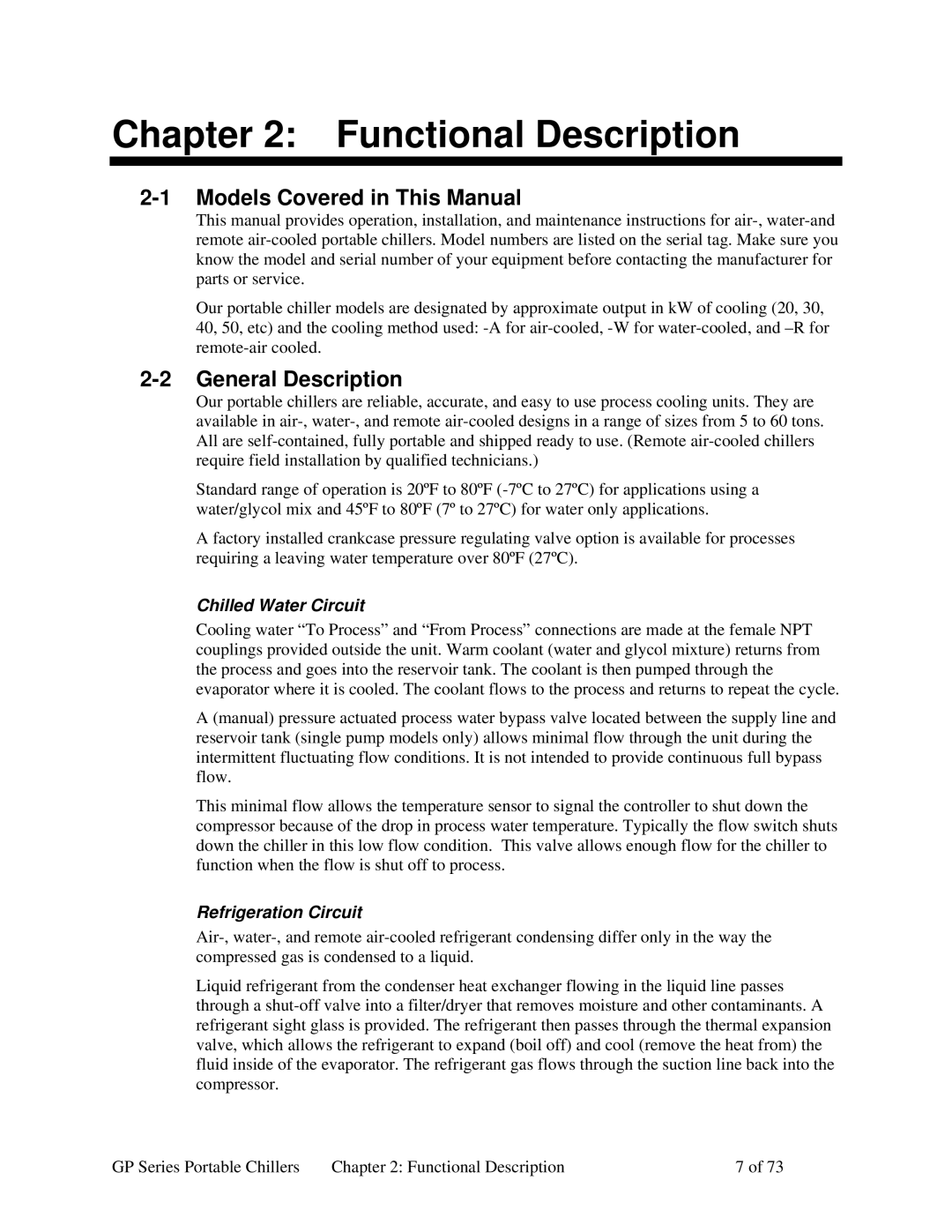882.93092.00 specifications
The Sterling 882.93092.00 is a highly regarded product known for its innovative design and advanced features that cater to modern demands. This model exemplifies quality craftsmanship and functional elegance, appealing to a diverse audience ranging from tech enthusiasts to everyday users.At its core, the Sterling 882.93092.00 boasts an intuitive interface that emphasizes user-friendliness. The device integrates seamlessly into daily routines, allowing users to easily access its vast array of features without experiencing a steep learning curve. The clear display and responsive controls enable efficient navigation, making it suitable for both beginners and seasoned users.
One of the standout characteristics of the Sterling 882.93092.00 is its robust build quality. The materials used in its construction not only enhance its aesthetic appeal but also contribute to its durability. Whether in a professional setting or leisure environment, this device is designed to withstand everyday wear and tear. This resilience makes it a reliable companion for a variety of activities.
In terms of technology, the Sterling 882.93092.00 incorporates state-of-the-art connectivity options. Users can benefit from seamless integration with smart devices, allowing for enhanced functionality and remote access. This capability empowers individuals to stay connected and manage their tasks efficiently, whether at home or on the go.
Moreover, the Sterling 882.93092.00 is equipped with an impressive battery life, ensuring that users can rely on it for extended periods without the need for frequent recharging. This feature is particularly valuable for those who lead busy lifestyles and require a dependable device that can keep up with their demands.
The product also integrates various advanced security features, prioritizing user privacy and data protection. With encryption and secure access protocols, individuals can have peace of mind knowing that their information is safeguarded.
In summary, the Sterling 882.93092.00 combines innovative technology, exceptional build quality, and user-centric design. With its array of features tailored to enhance both productivity and convenience, it stands out as a noteworthy option in its category, appealing to a wide range of consumers. Whether for professional or personal use, the Sterling 882.93092.00 offers a compelling solution that meets the needs of today's dynamic lifestyle.
